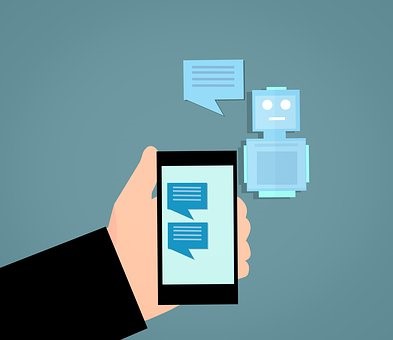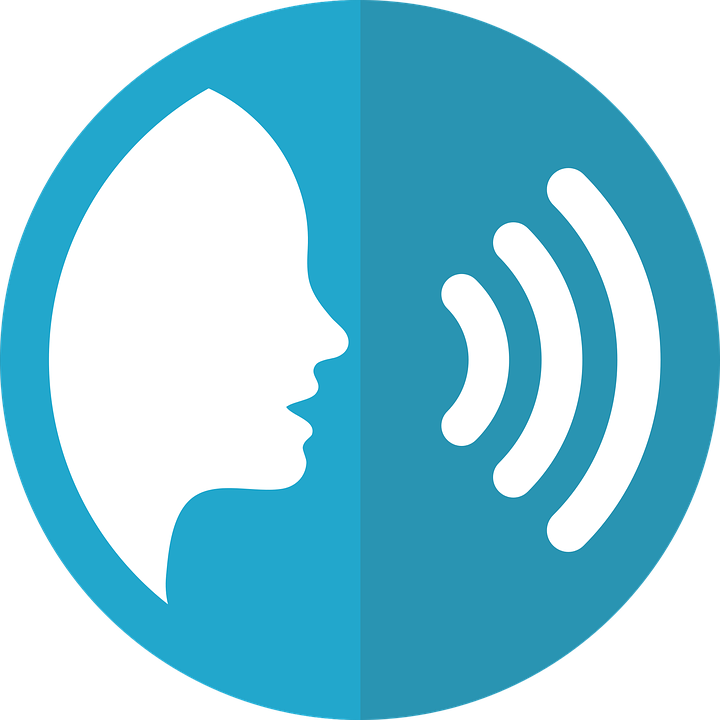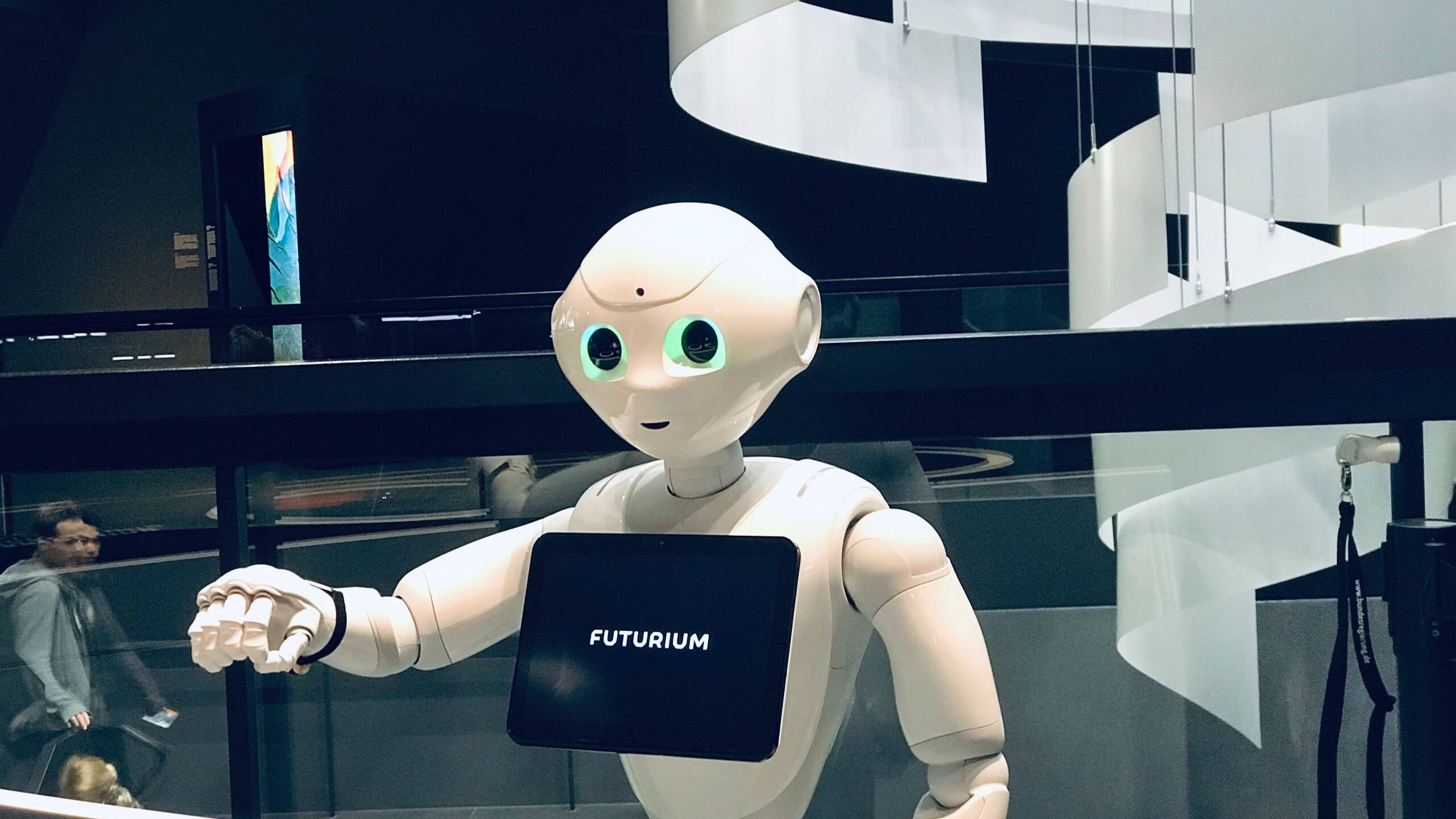Touch-free seems to be the flavor of the upcoming decade. We already see several virtual assistants such as Siri, Alexa, Google Assistant, and Samsung Bixby. What makes these assistants tick is the underlying conversation engine. These engines make use of AI and natural language processing among other algorithms. With the right training, this engine can imitate and/or understand the language humans speak and respond to it in kind.
In this article, we will look at the fundamentals of a conversation engine and possible applications within enterprises.
Intent and Entity framework

One of the most essential parts of any Virtual Assistant is the conversation engine or a chatbot. A chatbot is an artificial intelligence engine. It follows a specific flow of conversation with a human. It then processes and responds in a human understandable language.
Most well-designed conversation engines work on an Intent and Entity framework. These are logically designed frameworks since every human-to-human interaction has a specific intent. The object of interest is the main entity. As the other human understands the intent they respond in kind.
Any intelligent chatbot interacting with human attempts to deduce the intent and the entity of that interaction and respond accordingly. There are several chatbot platforms that showcase these conversation engines.
These fall under coding platforms and non-coding platforms. Top commercial coding platforms include Api.ai (now Dialogflow), IBM Watson and Microsoft Bot Framework. Top open source platforms include Wit.ai, Rasa and Converse AI.
Widely used non-coding platforms include ChatFuel, Botsify, and Flow. KITT.ai deserves special mention. There is no charge to use KITT, for now. Yet, being a new entrant in this space, it has limited evaluations.
Chatbots to Virtual Assistants

Audio and optionally a video interface transforms a Chatbot into a Virtual Assistant. The underlying technology is known ASR – Automatic Speech Recognition and TTS – Text to Speech converter.
Instead of using a keyboard, chatbots ‘converse’ with users in their natural language. The conversation engine processes this context and intent of the conversation. ASR listens to the users and TTS responds in an audible manner.
There are several vendors with their own conversation engines. For instance, Apple devices include Siri as part of the toolkit APIs while Google includes the Google Talk API for Android devices.
Two other organizations have matured ASR and TTS solutions as well. These include Nuance and NeoSpeech. If open-source is your calling, you cannot do better than Kaldi. CMUSphinx and Julius are also some of the earliest starters in this area.
Example Use Case
Let’s take an example application scenario for our Enterprise Virtual Assistant (EVA).
Assume we want to build an EVA that helps visitors navigate through a website. First, let’s identify who the possible visitors are:
- Customers
- Vendors and partners
- Job seekers
- Competitors
- Miscellaneous (search engines, aggregators, crawlers etc.)
This helps us classify intent of possible visitors to the website. As the next step, we identify the entity of their interest. For e.g. a potential customer will spend more time learning about the company’s products and services. This lets us chart out the conversation flow for interacting with that visitor.
When asked for it, the chatbot AI engine will direct the visitor accordingly. The AI engine can also direct the visitor to other sub-entities such as serviceability, pricing, success stories etc.
A success metric to define a successful interaction is also important. For instance, after interaction with the chatbot, the visitor may signup for a mailing list or ask to be connected to Sales associates. These actions can be examples of success metrics.
Similar successful use cases for chatbots exist for social media, customer service, personal assistants, eCommerce etc.
Enterprise Use Cases
- With more fine-tuning and teaching, chatbots can be excellent enterprise virtual assistants. A few examples include:
- Perform tasks such as schedule appointments, stock inquiries in pharmacies, etc. in a hospital
- Mainstream ERP systems such as HRMS and Payroll systems can use bots to query data
- Marketing and sales teams can use AI-driven bots to analyze and draw forecasts for future timelines
- an eCommerce website can deploy bots to answer common queries, assist customers with purchases, track orders etc.
Chatbots are rapidly enabling businesses to cut costs and better respond to their customers. Technology has now evolved to a point where chatbots can understand interaction intent and act accordingly. Several Saas products that deploy chatbots have also emerged, albeit with mixed success. With improved learning algorithms they will only get better.
Further reading
- Planning your intents and entities, IBM Cloud, Watson Assistant – https://console.bluemix.net/docs/services/conversation/intents-entities.html
- Building a Simple Chatbot from Scratch in Python (using NLTK), https://medium.com/analytics-vidhya/building-a-simple-chatbot-in-python-using-nltk-7c8c8215ac6e
- NLP vs CI Who is The King of Chatbot? https://uxplanet.org/nlp-vs-ci-who-is-the-king-of-chatbot-2f9d2e09f085
- Enterprise Chatbots: Your Workplace in the Age of AI, NLP, and Semantic Search, https://www.searchtechnologies.com/blog/enterprise-chatbots-use-cases
- The rise of virtual assistants in the office, https://www.computerworld.com/article/3245084/collaboration/the-rise-of-virtual-assistants-in-the-office.html














